By: Dr. Elizabeth Eggert
According to the ADA, dentistry is an essential medical service. Dentists are responsible for maintaining systemic health by evaluating, diagnosing, preventing and treating oral diseases. Consequently, during the pandemic, dental professionals are working hard to ease patients’ fears about coming into the office and they’re taking steps to ensure that it continues to be a safe experience for everyone.
There’s no evidence of COVID-19 transmission in dental offices.
During a 2020 NPR interview, Dr. Michele Neuburger, Dental Officer for the CDC’s & COVID-19 Response Team, stated “There have been no confirmed cases of COVID-19 transmitted in a dental office so far. And that includes follow-up by the CDC of false news reports suggesting such infections.”
Similar findings have been reported by industry experts throughout this past year. We are also EXTREMELY proud to note that there is no evidence of any COVID-19 infection stemming from our office.
Unfortunately, there’s still been an increase in the number of people who’ve delayed routine dental care or elective procedures for fear of contracting COVID-19. This has led to an increase in tooth loss and gum disease which, over time, could lead to more serious systemic health issues such as cardiovascular disease, stroke and even death. We are so happy to see most of you back, including a slew of recent “returnees” because of the rapid increase in vaccinations. We want share the latest information to encourage and guide the few of you remaining who are taking it just a little slower.
Dentists are used to working around infectious diseases.
Rest assured. COVID-19 isn’t the first infectious disease dentists have encountered. HIV, hepatitis, influenza, strep throat…these are just a handful of viruses that dentists ward against every day. Dental professionals wear scrubs, masks, and latex-free gloves to protect themselves and their patients. And our precautions have only increased since the pandemic began.
Offices are implementing increased safety measures.
The ADA released additional guidelines for preventing the spread of COVID-19, including reduced use of aerosols and dental dams and an increase in the use of high-power suction for hygiene procedures.
Eggert Family Dentistry is working hard to keep you safe!
At Eggert Family Dentistry, we recognize the importance of routine dental care and following through with recommended procedures to keep your teeth, mouth, and body in optimal health. That’s why we’re going the extra mile to make sure each one of our patients feels comfortable when you come in for a visit.
Our protective measures include:
- Paying close attention to the evolving CDC and OSHA guidelines and continuing to make our practice safe for all those we are honored to serve.
- Running HEPA air scrubber units in the office to remove particulates from the air, including germs like viruses.
- Personalizing arrival procedures to guide you directly from your car or the hallway of the building to your treatment rooms to eliminate contacting surfaces and promote social distancing.
- Requiring the use of a face covering and social distancing protocols.
Providing a hand sanitizer station. - Wiping surfaces regularly in the administrative areas and between each patient in the clinical areas.
- Continuing to keep the reception area and restroom closed.
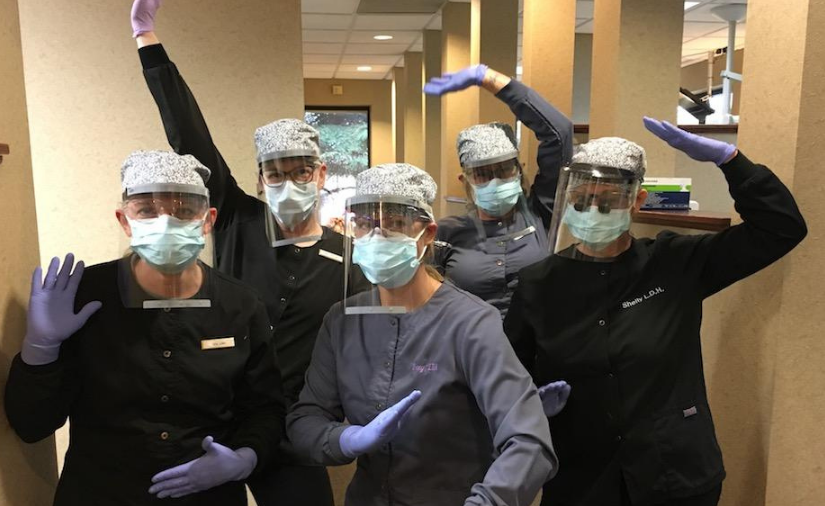


 One of the biggest perks of
One of the biggest perks of 
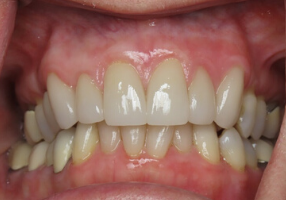 A
A 
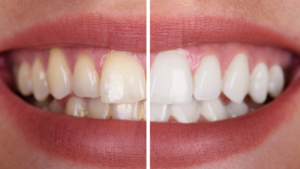 Teeth whitening: Over time, teeth become stained from certain foods, beverages, medications and smoking. Eggert Family Dentistry has many great options to help restore your pearly whites. We provide professional-grade strips and whitening trays that are more effective and gentler on your teeth and gums than their over-the-counter counterparts. Dr. Elizabeth and Dr. Jeff also offer the Zoom and
Teeth whitening: Over time, teeth become stained from certain foods, beverages, medications and smoking. Eggert Family Dentistry has many great options to help restore your pearly whites. We provide professional-grade strips and whitening trays that are more effective and gentler on your teeth and gums than their over-the-counter counterparts. Dr. Elizabeth and Dr. Jeff also offer the Zoom and 
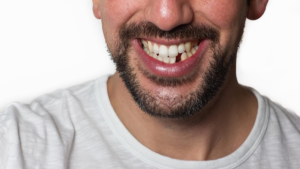 Tooth replacement: Losing permanent teeth can happen from trauma to the jaw, from gum disease or from tooth decay. Regardless, it can be an awkward situation and one that most people want to remedy as quickly as possible. If you’re dealing with missing permanent teeth, you have some excellent options. These options include dental implants, bridges, partial dentures or full dentures.
Tooth replacement: Losing permanent teeth can happen from trauma to the jaw, from gum disease or from tooth decay. Regardless, it can be an awkward situation and one that most people want to remedy as quickly as possible. If you’re dealing with missing permanent teeth, you have some excellent options. These options include dental implants, bridges, partial dentures or full dentures.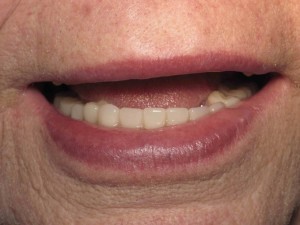 Full Dentures: Full dentures are full sets of upper and/or lower artificial teeth that are suctioned into place and removable for cleaning. While they can take some getting used to, they start to feel more normal over time. Full dentures will eventually become loose as bone mass degrades.
Full Dentures: Full dentures are full sets of upper and/or lower artificial teeth that are suctioned into place and removable for cleaning. While they can take some getting used to, they start to feel more normal over time. Full dentures will eventually become loose as bone mass degrades.
 It’s not disputed that whiter teeth lend themselves to a more attractive smile. Statistically,
It’s not disputed that whiter teeth lend themselves to a more attractive smile. Statistically,  Avoid foods and beverages that stain teeth:
Avoid foods and beverages that stain teeth: 
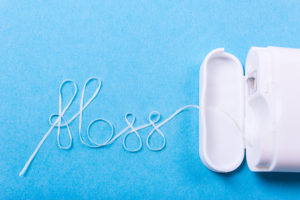 Practice daily dental care: The single best way to prevent tooth discoloration is by brushing and flossing faithfully each day. Brush in the morning and evening (more often if you eat sugary, acidic, or highly pigmented foods) and floss at least once a day. Additionally, you can incorporate a daily swish of fluoride mouthwash to cleanse your mouth from residual food particles and bacteria and keep enamel strong.
Practice daily dental care: The single best way to prevent tooth discoloration is by brushing and flossing faithfully each day. Brush in the morning and evening (more often if you eat sugary, acidic, or highly pigmented foods) and floss at least once a day. Additionally, you can incorporate a daily swish of fluoride mouthwash to cleanse your mouth from residual food particles and bacteria and keep enamel strong.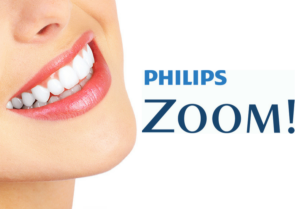 Zoom Whitening: Another popular option we offer at Eggert Family Dentistry is
Zoom Whitening: Another popular option we offer at Eggert Family Dentistry is 
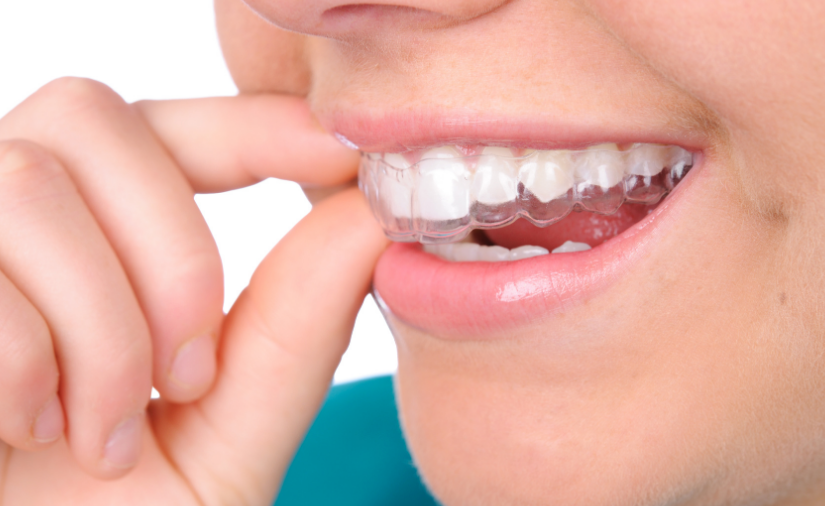
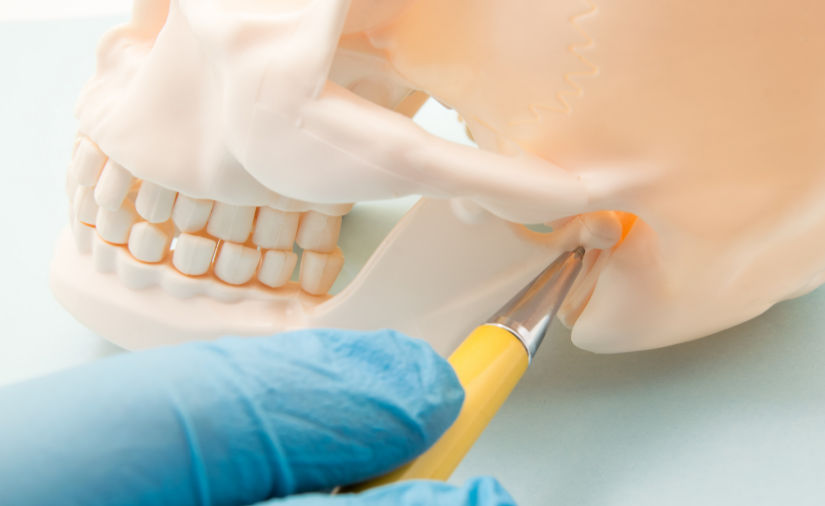
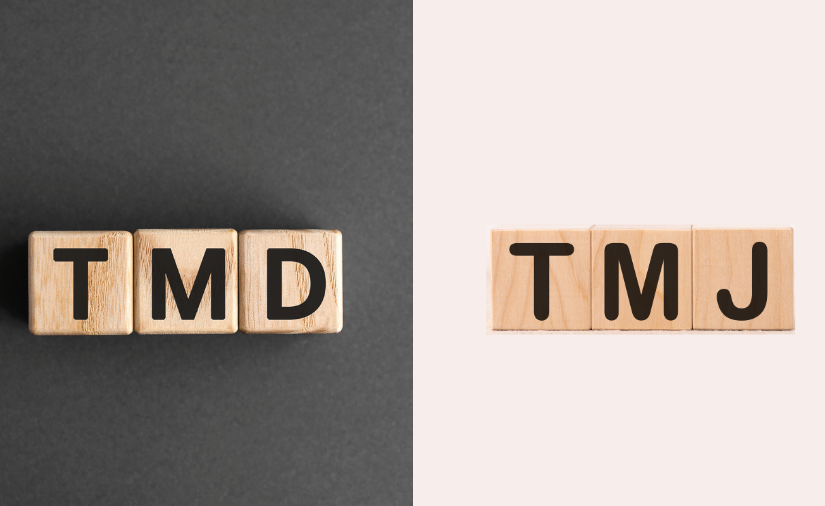
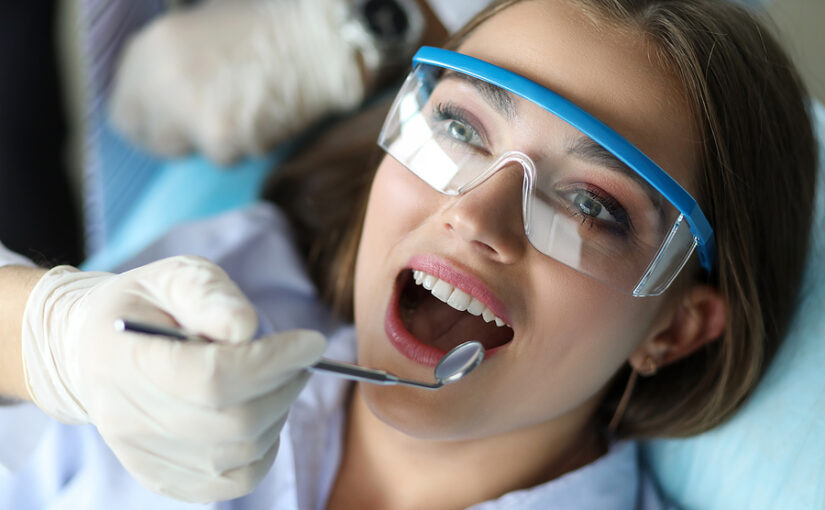

 “I enjoy working at Eggert Family Dentistry because we have a fun working atmosphere. Dr. Elizabeth and Dr. Jeff care for their patients and provide the best dental care for them.”
“I enjoy working at Eggert Family Dentistry because we have a fun working atmosphere. Dr. Elizabeth and Dr. Jeff care for their patients and provide the best dental care for them.” “I continue to love this profession! The quality of care I have had the privilege to provide over the years has been a direct reflection on those I have served. Meeting patients’ needs through listening, hands-on care and education has been so fulfilling. Our patients are the reason we do what we do.”
“I continue to love this profession! The quality of care I have had the privilege to provide over the years has been a direct reflection on those I have served. Meeting patients’ needs through listening, hands-on care and education has been so fulfilling. Our patients are the reason we do what we do.” “It is a pleasure to be part of the Eggert Family Dentistry team! We strive to make each visit a pleasant experience and to create a trusting relationship with each patient. I enjoy being part of a team that provides attentive care and top-notch education to help our patients maintain optimal health using the latest technology.”
“It is a pleasure to be part of the Eggert Family Dentistry team! We strive to make each visit a pleasant experience and to create a trusting relationship with each patient. I enjoy being part of a team that provides attentive care and top-notch education to help our patients maintain optimal health using the latest technology.” “At Eggert Family Dentistry, our entire team strives to make every patient our number one priority. We provide exceptional, personalized care in a small office setting. I enjoy working with Dr. Elizabeth and Dr. Jeff and contributing to the overall patient experience.”
“At Eggert Family Dentistry, our entire team strives to make every patient our number one priority. We provide exceptional, personalized care in a small office setting. I enjoy working with Dr. Elizabeth and Dr. Jeff and contributing to the overall patient experience.”